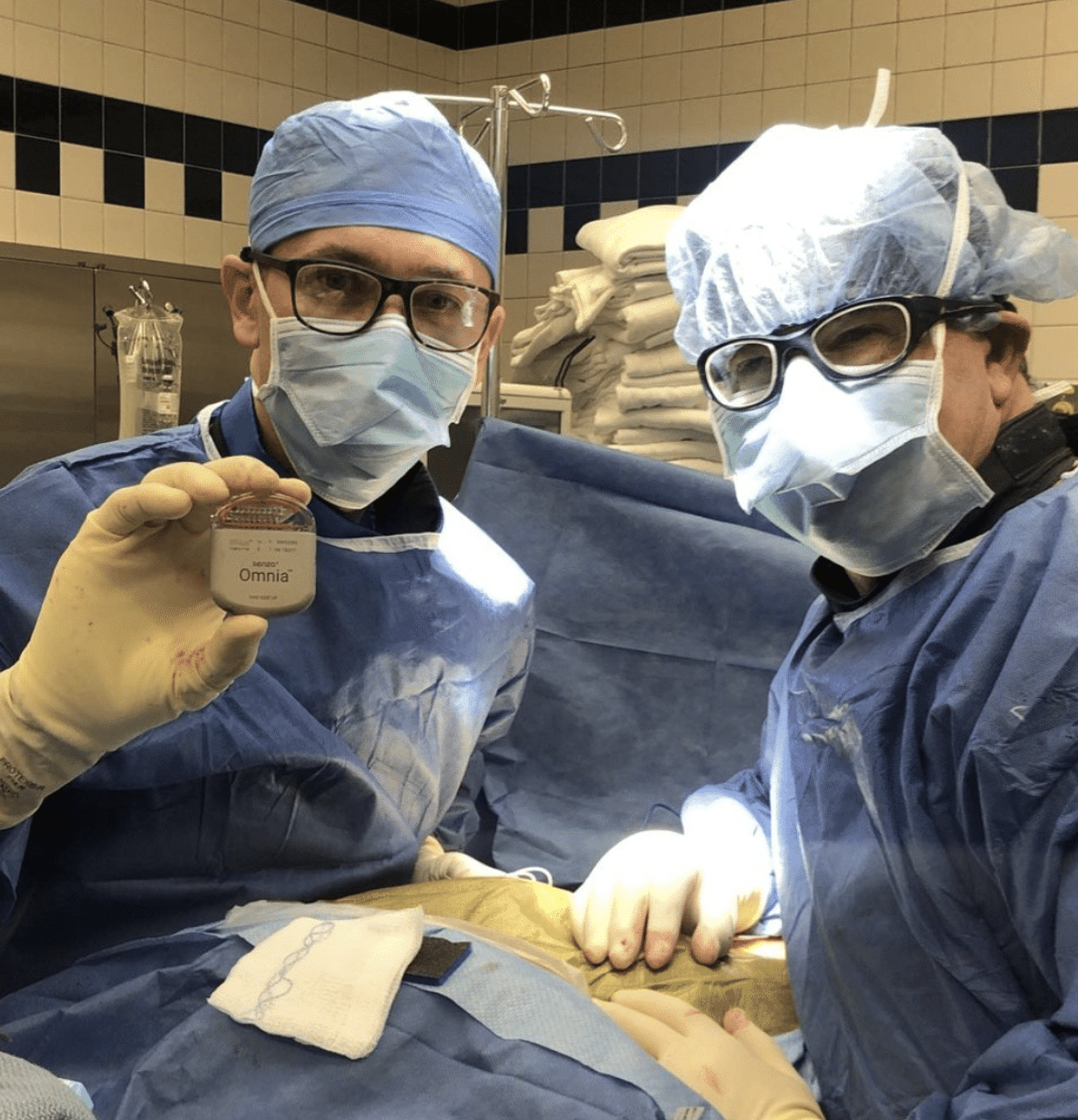THE TRY AT HOME TEMPORARY SCS SYSTEM
The SCS trial lasts anywhere from 5 days to 14 days, depending on what your doctor decides is best for you. During the trial, consider doing some of the things you would normally like to do and more.
- The limitations include motions such as twisting and heavy lifting, which may dislodge the trial leads.
- During the trial, you are free to go to work, do your daily routine, and try some activities you’ve been avoiding because of pain.
- The trial system is not waterproof. We ask that you refrain from letting the system come into direct contact with water when showering or bathing.
- The results of the trial may be immediate, or they may take a few days.
POTENTIAL RISKS:
A complication may occur during the trial. This includes bleeding into the epidural space, an infection, or other side effects. Do not undergo a trial if you have an active infection requiring antibiotics on the day of the procedure.
THE NEXT STEP — A PERMANENT IMPLANT
- On the return visit to the office, this marks the end of your trial period, where the temporary leads will be removed in the office.
- Your doctor will discuss your experience with you, and together, you’ll decide if an SCS therapy implant is right for you.
- If you and your doctor agree SCS therapy is right for you, you’ll schedule the procedure in approximately 2 to 4 weeks.
THE PROCEDURE
The implant procedure is similar to the trial procedure, except new leads will be placed in the same location near your spinal cord. In addition, the neurostimulator will be permanently implanted under your skin. The procedure is usually done in a hospital or surgery center as an outpatient. The procedure itself takes about 1-2 hours.
POST-PROCEDURE
After the surgery, you will have incisional pain for approximately 5-7 days, and pain medications will be prescribed for a short duration. Antibiotics will also be prescribed to reduce the risk of infection. During this time, you will be advised that you avoid certain activities, including those that involve lifting, bending, and twisting. You may also experience pain at the neurostimulator implant site for up to 10 days.
Once the procedural pain has subsided, your system will be turned on at the first follow-up visit with your doctor to ensure that it’s working correctly. There are many stimulation settings available to help alleviate your pain. Your doctor will help you find the settings that are right for you.
FOLLOW-UP
Follow-up appointment after surgery is approximately 7 to 14 days after implant and 4 weeks after that. These are the postoperative visits to inspect incisions, change dressing, and lift the restrictions. Initially, the neurostimulation system may require more frequent adjustments to meet similar results as the trial period. These first few postoperative visits will be to adjust and personalize your therapy to achieve the best pain relief. You are in control of your stimulation to make sure the therapy is meeting your needs.
THE RISKS AFTER IMPLANT
The SCS implant process requires surgery which can have complications. Once the neurostimulation system is implanted, it’s possible that device complications may occur. Some of these complications include infection, bleeding into the epidural space, pain after surgery, and risk of lead migration.



